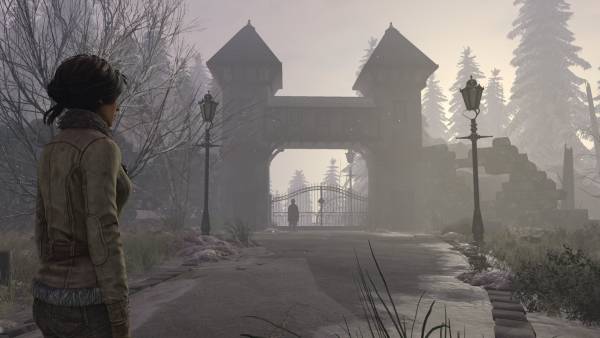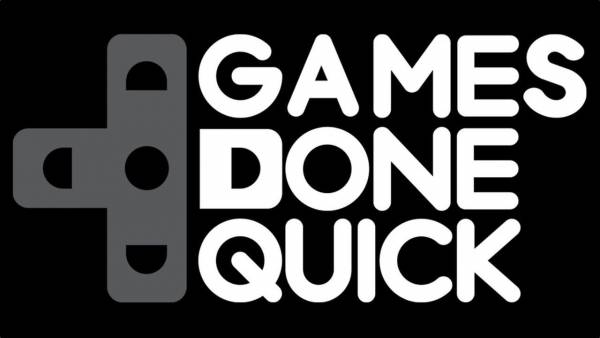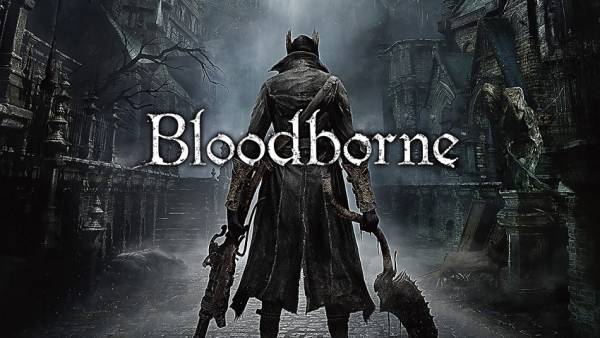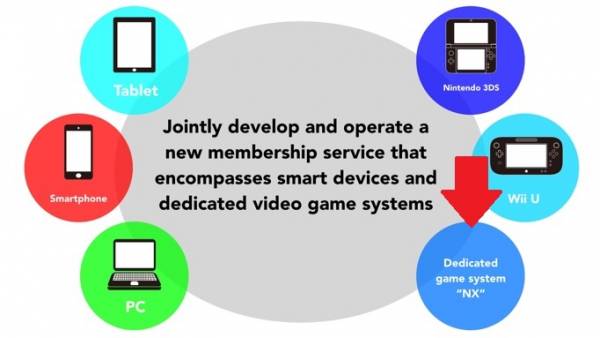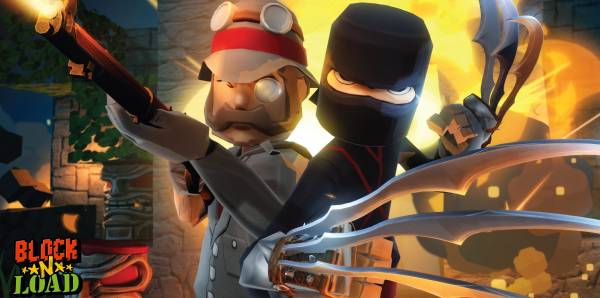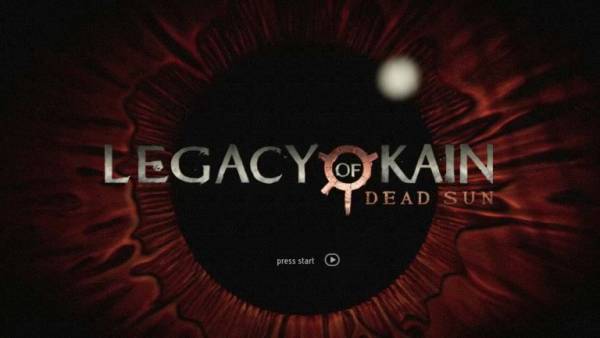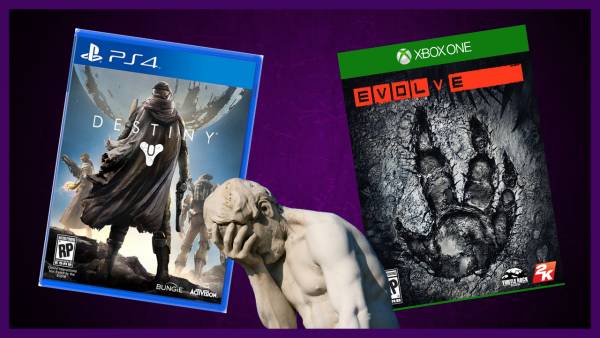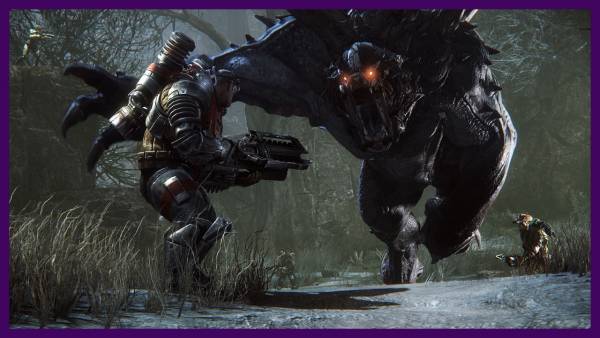It’s no secret that the indie genre has become a very large part of the gaming industry that we know today. Programs like Steam Greenlight, Xbox Indie Games, and Sony’s newfound appreciation for indie games, have helped make indie games more accessible. Love it, or hate it, crowd-funding like “Kickstarter” has played a big part in pushing indie developers to making some really great games that otherwise would not have seen the light of day like The Banner Saga or FTL: Faster Than Light.
With all these programs to help, the quality of indie games has greatly improved, with many fantastic games being made by small teams. There was once a time when the thought of anybody being able to make a game was unbelievable and now we live in time where game engines, coding, and modeling software have become more accessible to the general public. Like creation tools, the variety of the distribution of games have increased significantly. It was nearly impossible to get into development unless you were working with a big company and there was just no realistic way to become indie developer even for PC. The boom of development and indie games have really changed the gaming industry that we know today, aiming to get into the game industry as a career isn’t just a dream anymore, it’s a very realistic goal.

Programs like Steam Greenlight have helped lead the way to finding some fantastic (as well as some less than stellar) Indie games.
The ever-increasing popularity of the indie genre really shows off how far we’ve come as an industry. Think back to when the two main game companies were Sega and Nintendo the thought of being able to make an ENTIRE game with just a small group with 2 or 3 other people seemed completely unreasonable. Now, gaming has become recognized as a very legitimate industry that definitely will not be going anywhere anytime soon. Remember the “Video Game Crash” back when E.T for the Atari came around? The gaming industry was knocked down so easily because of its weak footing. Now, the ways of the industry have practically been set in stone, we’ve gotten set up on our feet, with the audience, accessibility, and the strength and speed of the industry makes it one that could not easily crash again.

Now that we’ve found our footing, an abomination such as E.T won’t so easily take us down again.
So how does this all loop back to Indie games? In a sense, it doesn’t really, until you look back at the past industry and the mistakes that were made. How difficult it was learn how to make games, and to break into the industry. Indie games themselves did not entirely break through and give us the support that the industry needed. However, they show how much smarter we have become. Not only is another video game crash unlikely because our eggs are no longer all in the same basket like when Atari suffered it’s crash, another crash is nearly impossible.
Indie games seem to have a very different feel to them than titles by bigger (or “AAA”) companies. Indies have this special appeal, when a game is made by a small team, it’s easier to find similarities between the developers and the kind of game that they create, and the parallels drawn between them. Indie games tend to cross lines into controversial topics that AAA games steer away from, generally due to AAA titles being forced to play it safer than indie titles have to. A lot of controversial topics in gaming are created because those topics are prominent in the real world as well, and it’s interesting to see how indie developers portray these topics without them becoming diluted through the creation process.
If you haven’t seen it already, the documentary Indie Game: The Movie has a great portrayal of indie developers, and the difference between them and larger companies. In Indie Game, Jonathan Blow, creator of Braid states, “Part of it is about not trying to be professional. A lot of people come into indie games trying to be like a big company. What those game companies do, is create highly polished things that serve as large of an audience as possible. The way that you do that, is by filing off all the bumps on something. If there’s a sharp corner you have to make sure it’s not going to hurt anybody if they bump into it. That creation of this highly glossy, commercial product, is the opposite of making something personal.”
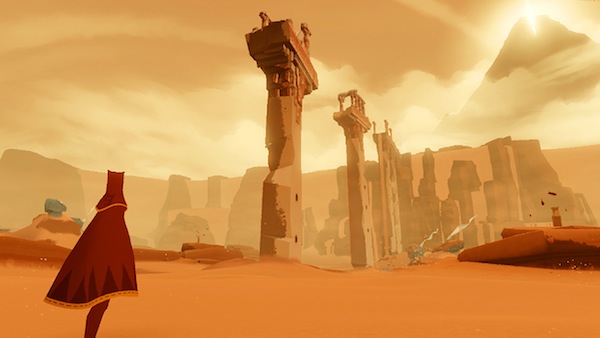
Indie games have made a huge jump to where they are now, and we’ve seen some pretty amazing games come from indie studios.
Overall, indie games aren’t what have changed the industry. In fact, the larger companies would still be making games, and continue moving on unaffected if they weren’t around. That’s not the point of this. The point is, that indie games serve as a reminder of how far we’ve come. How our love for games has grown as an art form, how it’s grown has an accessible career, and as an entertainment medium as a whole.
